Dacryoscintigraphy is an imaging exam used to diagnose the condition causing problems with your tear duct. Nuclear Medicine is an imaging technology that involves the use of small amounts of radioactive materials (or tracers) to help diagnose and treat a variety of diseases. Nuclear medicine determines the cause of the medical problem based on the function of the organ, tissue or bone.
This test uses a small amount of radioactive material to emit photon energy. This energy is detected by a gamma camera which then captures and creates computerized images.
When would I get a Dacryoscintigraphy?
Your medical provider may consider dacryoscintigraphy to be appropriate to:
- Evaluation of epiphora, which is excessive watering of the eye
- Detection of subclinical lacrimal duct obstruction, causing tears not to drain normally
- Appropriate patient selection for surgery
- Evaluating the success of dacryocystorhinostomy, a type of surgery done to create a new tear drain between your eyes and your nose.
Dacryoscintigraphy is considered to provide advantages over another type of procedure called dacryocystography. With dacryoscintigraphy, there is better functional information acquired and no injection of a contrast medium.
Dacryoscintigraphy is considered a grossly underutilized nuclear medicine procedure for assessing the blockage of tear ducts.
What Will I Experience?
Patients place their head in a support and chin rest and a single drop of Technetium-99m isotope is delivered to each eye. Imaging with a gamma camera commences immediately, with a number of images acquired in real time for up to 15-30 minutes.
When it is time for the imaging to begin, the camera or scanner will take a series of images. The camera may rotate around you or it may stay in one position and you may be asked to change positions in between images. While the camera is taking pictures, you will need to remain still for brief periods of time. In some cases, the camera may move very close to your body. This is necessary to obtain the best quality images. If you are claustrophobic, you should inform the technologist before your exam begins.


